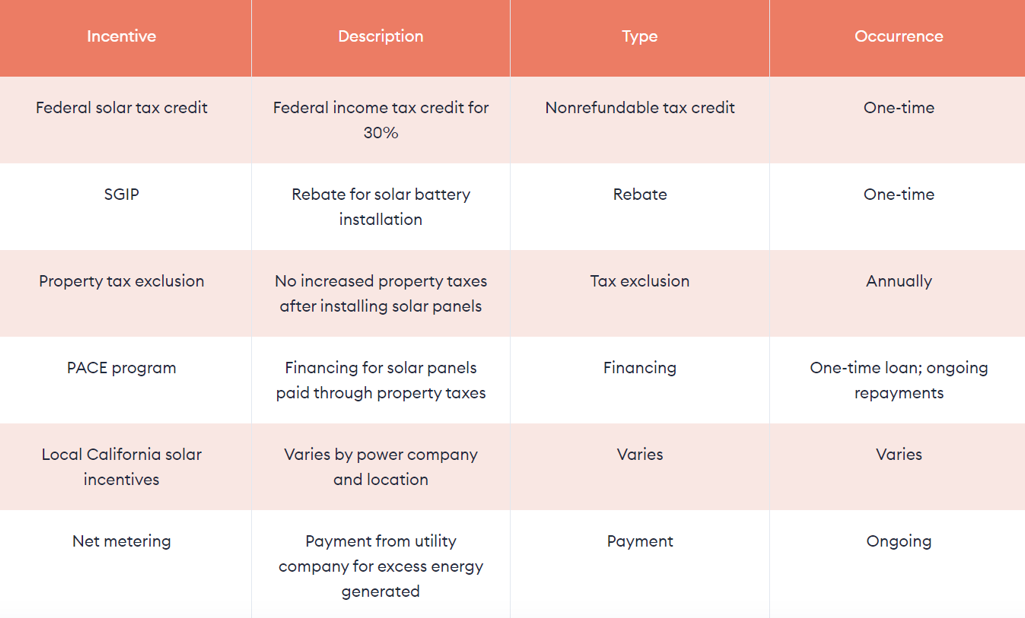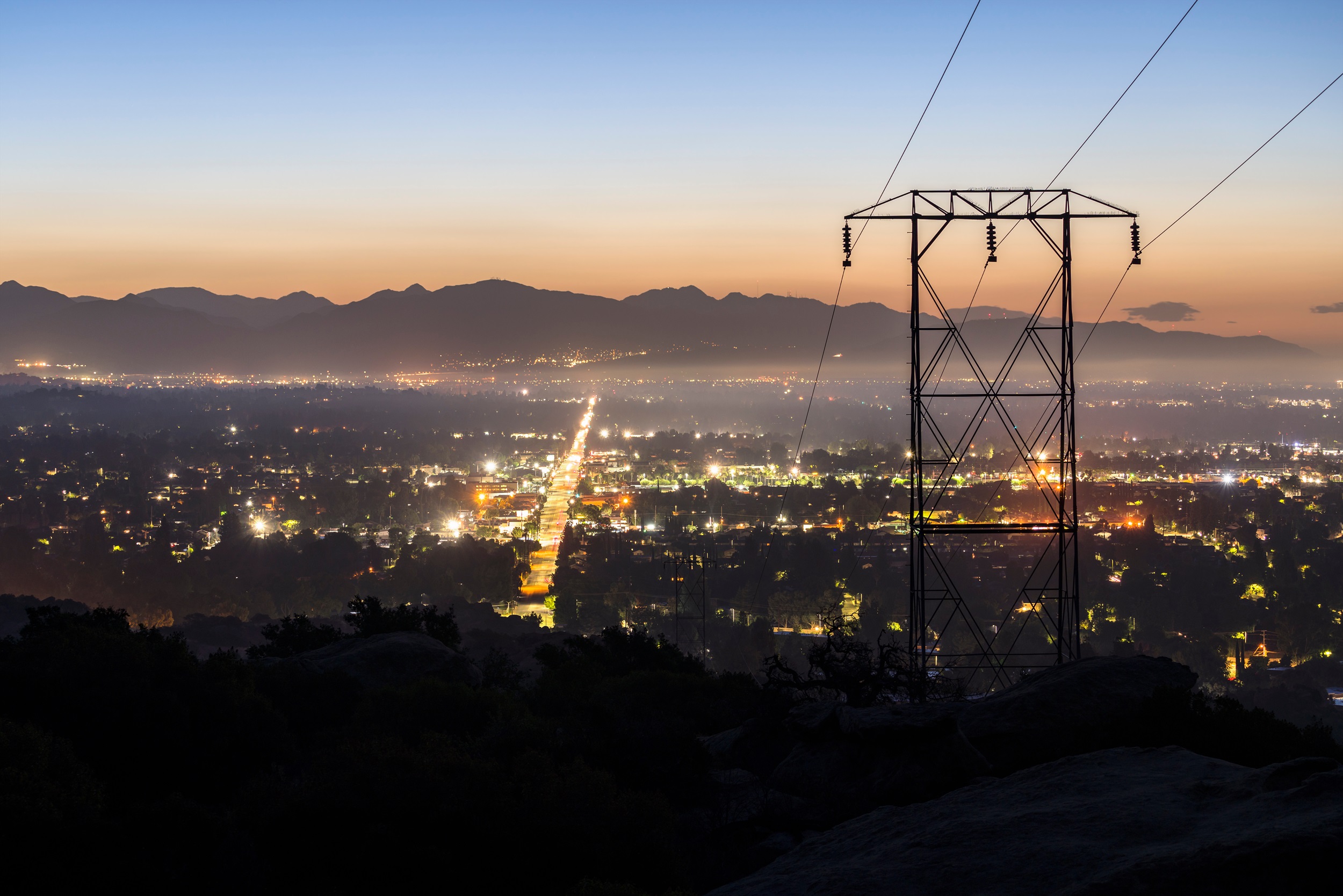Publications
INSS Insight No. 1865, June 4, 2024
California is facing a dual crisis: climate and energy. As rising temperatures underscore the vulnerability of California’s power grid, the state passed Senate Bill 100, aiming for 100% clean energy by 2045, and promoting solar generation and zero-emission vehicles. Israel’s delay in establishing renewable energy facilities and integrating energy storage can be attributed to the lack of appropriate electrical infrastructure, and burdensome regulation—cultivating an inability to reach agreements on comprehensive electricity reform. Using California as a case study, Israel should privatize and decentralize its power generation and distribution, increase incentives for clean energy adoption, and emulate California’s advanced clean energy generation and storage technology—all in order to ensure a stable and resilient energy supply even in emergency situations.
The California Case Study
For California, the climate crisis is no longer a matter of “if and when,” but rather it has crossed the boundary into the “here and now.” By 2100, the average annual daily maximum temperature is expected to rise by 5.6–8.8 degrees Fahrenheit. This will be accompanied by record-breaking heat waves and an increase in extreme weather events, such as droughts, wildfires, and other climate-related disasters.
As the frequency of extreme weather events increases and temperatures rise, the demand on the state’s power grid is expanding. California’s 40 million residents need a lot of energy, and they need a resilient power grid based on clean energy, which can protect itself from power failures. In 2000 to 2001, California was hit with an electricity crisis, in which the basic commodity of electricity was unreliable and unavailable for large intervals of time, both in terms of supply as well as price. In fact, the crisis resulted in a price fluctuation of electricity by a factor of 10 to 20 over a couple of months, leaving suppliers (such as PG&E) on the verge of bankruptcy and causing widespread blackouts throughout the state. A similar situation occurred in August of 2020, following an extreme statewide heatwave. The California Independent System Operator (CISO) declared a high-level emergency, and ordered statewide power cuts as power reserves fell to dangerous levels. These electricity crises shed light upon the pressing need for energy security in California and the critical need for a transition toward reliable and renewable forms of energy.
In response, California’s state senate passed Senate Bill 100 in 2018, putting California on a trajectory to reach 60% renewable electricity by 2030 and 100% clean electricity by 2045. Clean energy here refers to renewable and zero-carbon resources. Examples of renewable electricity, powered by zero-carbon resources, include solar and wind power. Not only will this bill provide energy security to California, but the transition to 100% clean energy will also provide social benefits, such as by minimizing air pollution and improving public health, as well as creating thousands of jobs in the renewable sector.
As outlined in the bill, California’s Energy Commission, in collaboration with the Public Utilities Commission and the Air Resources Board, was to use programs under existing laws to reach the benchmark of 100% clean energy. Additionally, a joint agency report on SB 100 was to be released in 2021, and every four years thereafter. The 2021 report found, through modeling, that the bill is technically achievable; however, this means that the construction of clean electricity generation and storage facilities must occur very quickly. Furthermore, by diversifying energy resources and technology to reduce overall costs, while simultaneously retaining some natural gas capacity, the state can minimize costs and ensure uninterrupted power supply during the transition to 100% clean energy.
SB 100 has already made impressive progress by pushing California to rely on carbon-free sources for the majority of its power:
- Since 2012, there has been an increase by 20 times in solar and wind generation in California, from 2,609 gigawatt-hours to 48,950 GWh.
- In 2019, 63% of California’s retail electricity sales came from non-fossil fuel sources, such as renewable energies, hydroelectric, and nuclear.
- In 2020, 33% of the electricity grid came from California’s renewable portfolio, including solar, wind, geothermal, biomass, and hydroelectric sources.
California is advancing SB 100 and its goal of 100% clean energy by 2045 through initiatives like the Advanced Clean Cars II regulation, which require all new vehicles sold by 2035 to be zero-emission. To ensure equity, increased incentives for new and used zero-emission vehicles are available, as detailed on the Drive Clean California website. Additionally, as of 2020, California mandates solar installations on new homes and multi-family buildings. California offers numerous financial subsidies to support the expansion of renewables, as shown in Figure 1.

Figure 1. Financial Incentives for Expanding Renewable Energies in California | Source: Timothy Moore, “California Solar Incentives, Tax Credits and Rebates of 2024,” Forbes, April 12, 2024
While California makes strides toward a 100% clean energy power grid, the pace of clean energy resource deployment must be accelerated. In order to stay on trajectory, California needs 10 times more electric vehicle chargers and 4 times more heat pumps by 2030. In terms of energy generation and storage, California must expand its current electricity grid capacity by over 3 times, building up to 6 GW renewable energy sources/storage annually for the next 25 years.
Comparison Between Israel and California
In California and Israel, the primary challenges to the energy supply stem from the climate crisis as well as a rise in electricity demand—due to a growing economy (rise in GDP) and the increasing electrification of housing, transportation, and industry. In warmer temperatures, the electricity generation process becomes less productive, placing the transmission grid under increasing stress. This means that as regional temperatures rise, despite increased dependence, there is less electricity to go around. One important difference between Israel and California is that while California has some energy security from neighboring states, which can provide energy if the state faces an energy crisis, Israel faces the unique barrier of being an “energy island,” without any backup. As a result, Israel must tread carefully when making the large shift to primarily renewable energy sources, so as not to enter an electricity shortage. This creates added pressure on the enactment of energy reform legislation. Currently, Israel just does not have the infrastructure or regulations in place to support a smooth transition to renewable energy.
Recommendations from the California Case Study
Privatization and Decentralization of the Energy Industry
Israel has initiated the privatization and decentralization of its power plants and power generation sector, but these efforts should also extend to the power distribution sector and the energy grid. Such reforms are most successful in a growing and maturing economy like Israel’s and can help diversify the economy. By leveraging Israel’s reputation as the “start-up nation,” privatization will stimulate commercial innovation in renewable energy technology and expand Israel’s renewable energy portfolio. In terms of national security, a privatized and decentralized energy grid is safer from enemy attacks, as numerous small and dispersed power sources are harder to effectively target. This makes the entire grid more difficult to disrupt and reduces the effects of single points of failure—making it harder for attacks to cause widespread disruption. Thus, a decentralized and dispersed energy grid is more stable and resilient in the face of adversity.
Incentivization
Israel could also benefit from mimicking California’s incentive policies, a strategy that California has proven to be highly effective through its rapid transition to renewables following SB 100. Incentives, such as tax subsidies, influence consumers to make more conscious electricity choices, while also stimulating economic growth by involving the private sector and influencing purchasing practices. Israel has already made headway on incentive policies, and since March 2022, the government has offered tax subsidies of ₪1,200 for electric vehicle purchases, and ₪900 for plug-in hybrid vehicle purchases. Overall, such policies stimulate advancement in renewable energy sources, storage, and decentralization, maintaining national security in times of emergency.
Technology
Israel should prepare its infrastructure to support a switch to renewable energy, including widespread implementation of renewable sources (e.g., solar), and the development of energy storage. This work will increase the reliability of renewable energy in Israel. For example, when examining California’s energy revolution, one thing that stands out is the construction of giant electricity storage batteries throughout the state, an action that will increase California’s energy storage capacity by 10x in the next three years. These batteries help combat the main downside of solar energy, which is timing. During the day, there is plenty of electricity; however, at night, the supply drops to zero, meaning that power companies still rely on the burning of carbon fuels to fill in the gap. Widespread solar infrastructure helps decentralize power generation, contributing to energy security by reducing single points of failure and making the grid more resilient to attacks. Energy storage systems, such as giant batteries, ensure a consistent power supply even when renewable sources are not generating electricity, enhancing the grid’s resilience and reliability and securing Israel’s energy supply against potential threats. Government subsidies, as mentioned earlier, have helped spur the growth of battery technology for large-scale electricity storage. Thus, Israel should follow a similar path of infrastructure development to assist in a quick and seamless transition to renewable energy, provide national energy security, and fight climate change.



